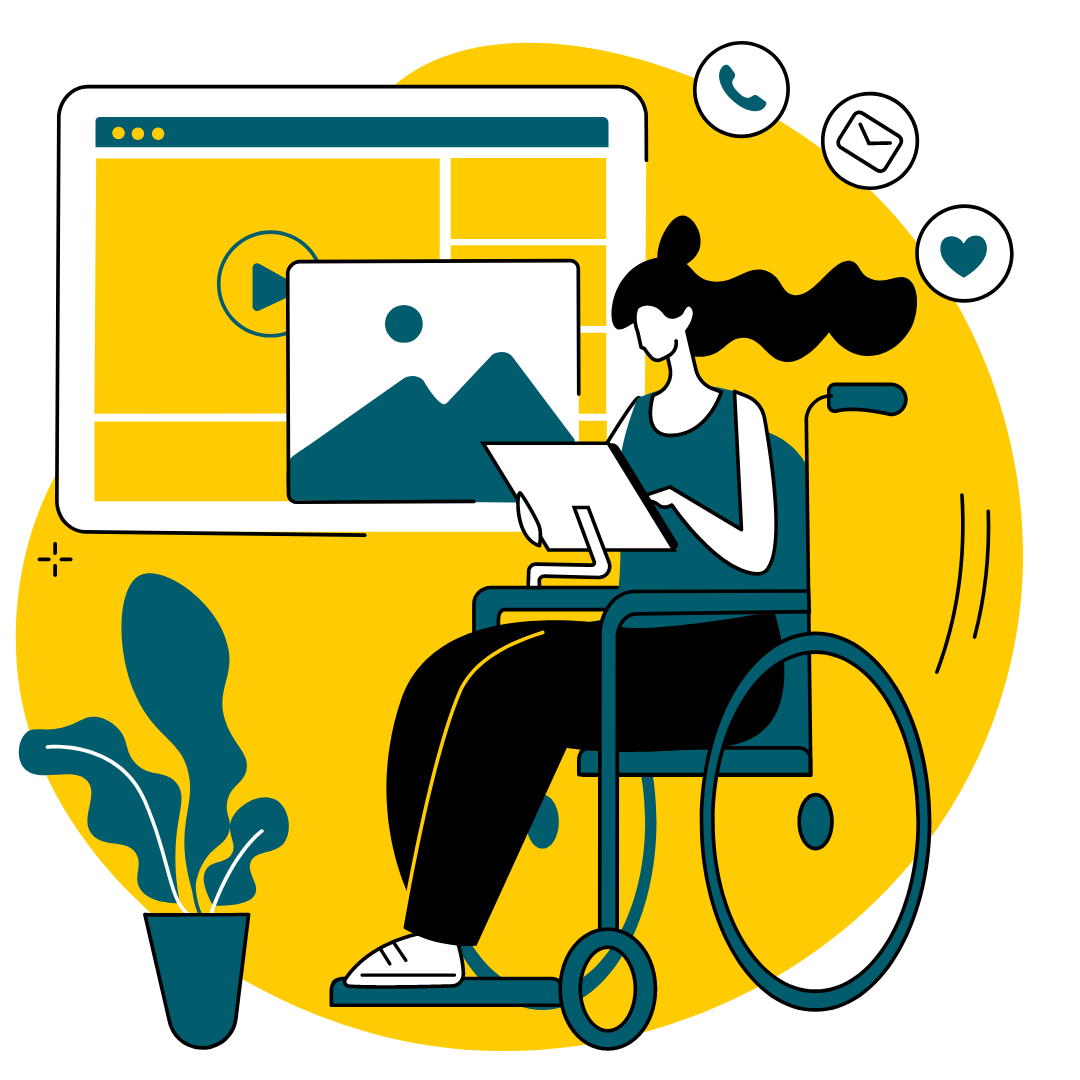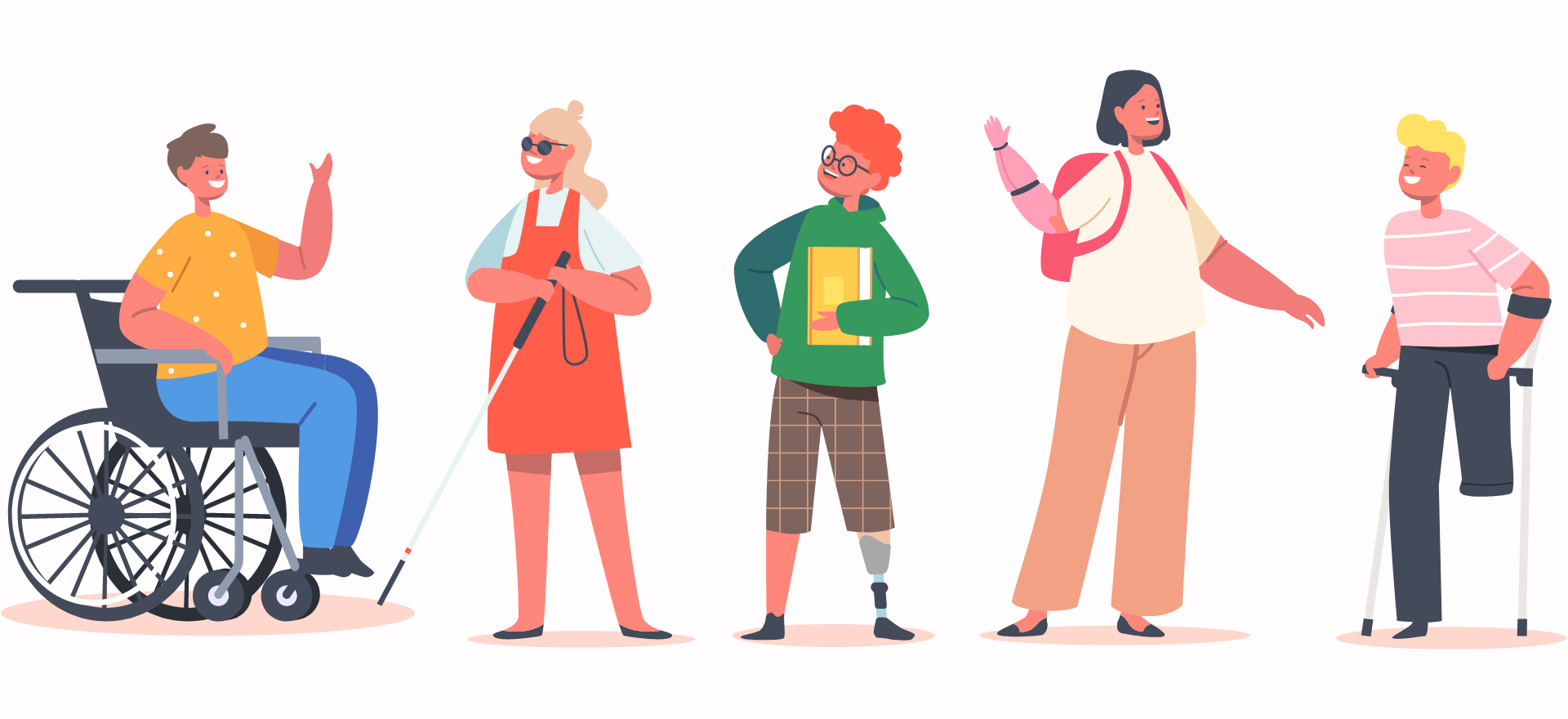How to make work from home more effective
Freya Robinson | 08 Sep 2023Working from home can be a great way to improve your productivity and work-life balance, but it can also be challenging to stay focused and motivated. This blog post will discuss some tips on how to make remote working more effective with cost-effective, or even free, software solutions.
 How to Stay Focused When Working from Home
How to Stay Focused When Working from Home
One of the key challenges of remote work is the absence of a traditional office environment. To combat distractions and maintain focus, consider the following strategies:
- Incorporate Background Noise into Your Workspace: Break the silence and make your workspace feel more like an office by using background noise apps such as Coffitivity and Noisli. Check out our blog on the top three ambient apps to improve focus and help you work.
- Remove Distractions: Utilise content blockers like Forest and Cold Turkey to set specific periods during which you cannot access distractions like social media.
- Use Time Management Techniques: Implement time management methods like the Pomodoro technique, which breaks your day into manageable chunks. Apps like Clockwork Tomato and Focus Keeper can help implement this technique.
 Organising Notes and Staying Productive
Organising Notes and Staying Productive
Effective note-taking and organisation are essential for remote work. Consider using Microsoft's built-in tool, OneNote, which allows you to create multiple tabs and notebooks for organising your notes. You can also add timestamps for recurring meetings, making it easy to find relevant information. Alternatively, Google Keep offers to-do lists, quick notes, colour coding, and archive features to declutter your workspace.
Tools to Support Disabled Employees Working from Home
Working from home can present unique challenges for disabled employees, whether related to related to mental health, physical, visual, hearing, or neurodivergent barriers. Here are some tools and strategies to support various needs:
Mental Health
- Consider using apps like CatchIt, a Cognitive Behavioural Therapy (CBT) app that allows you to record mood diaries and offers exercises and support.
- The SAM App tracks anxiety-related feelings and provides graphs for tracking over extended periods.
- Other apps include, MindShift, CombinedMinds, and Clear Fear.
Physical
- My Computer My Way allows you to customise your computer with features like increasing the mouse pointer size and changing colours to suit your preferences.
- Assistive Touch can be trained to recognise your touch patterns, preventing accidental touches and providing program locking and other features.
- Head Control enables control of the cursor using head movements or facial gestures like eyebrow raises, smiles, and sticking out your tongue.
- Voice Control is now built into most systems, allowing you to control your device entirely using voice commands.
 Visual
Visual
- Be My Eyes connects visually impaired users with sighted volunteers, helping with tasks like reading captchas and troubleshooting technical issues.
- Seeing AI leverages machine learning to describe visual surroundings to visually impaired users.
- Screen readers like JAWS can help enable visually impaired people to independently use a computer with a keyboard, speech, or Braille display.
Hearing
- Consider transcription services like Otter (which offers color-coded speakers and other useful features) or built-in options like Microsoft Transcribe and Google Recorder.
- Tap SOS is a helpful tool for accessing emergency services from home, ensuring your safety.
Neurodivergence and Learning
Text-to-speech tools like TextHelp and Orcam can read text aloud which can be easier to process than written speech.
- TextHelp also has features that allow you to highlight websites and online content, and will also read this aloud.
- Orcam is a handheld device that resembles a pen and can be dragged along written text to read this aloud.
Incorporating these strategies and tools into your remote work routine can enhance your productivity, support your well-being, and ensure an inclusive work environment for all employees. By taking advantage of these resources, you can make working from home not only effective but also a more comfortable and accommodating experience.
Our expert workplace consultants can help you take stock of your organisation’s strengths and weaknesses, including current hybrid or remote working practices. They help you understand the impact on disabled employees, identify and prioritise improvements, and create a roadmap for your disability inclusion journey. Get started on your journey today by booking a free 15-minute consultation.
Further resources
- Access our free webinar recording on How to make remote and hybrid work accessible for every employee
- Keep up to date with digital inclusion and accessibility with the AbilityNet newsletter
- Find out more about AbilityNet's free live webinar events




